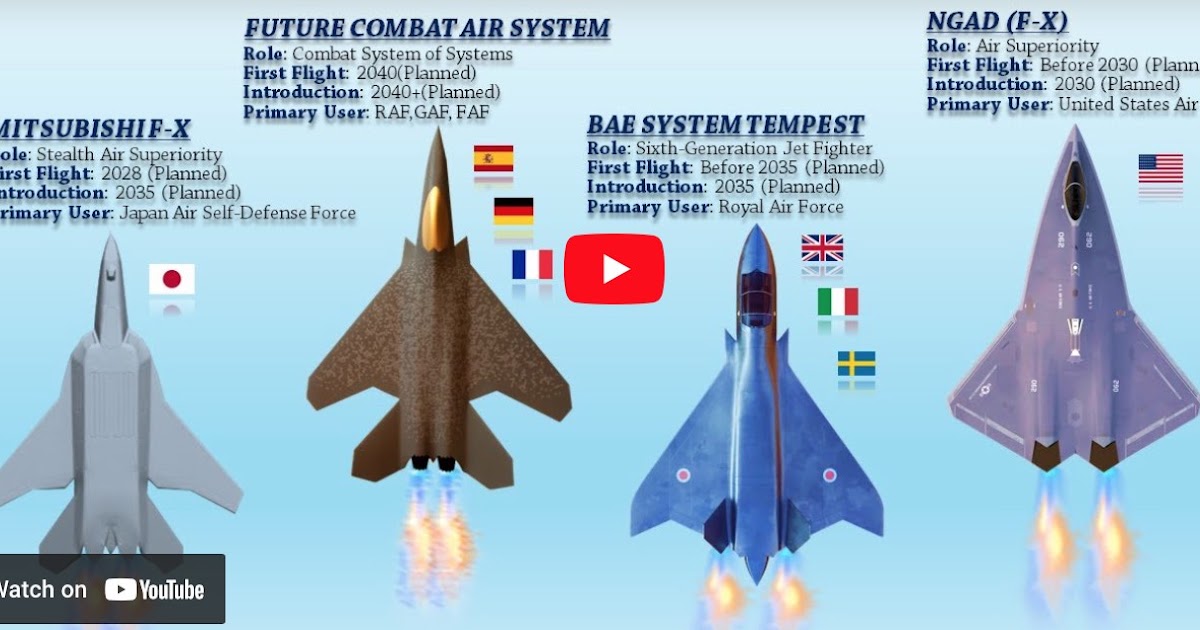
Reports say the UK has also held talks with India about joining the GCAP coalition (Courtesy Interesting Engineering)
By Vikas Gupta
Defence News of India, 10 Dec 22
British Prime Minister (PM) Rishi Sunak has announced a partnership between the United Kingdom, Italy and Japan in an ambitious project to develop the fighter aircraft of the future. It will be called the “Tempest”.
Due to fly by 2035, Tempest is designed as a sixth-generation stealth fighter with an array of capabilities: The ability to operate manned or unmanned; control swarms of attack drones; present a low radar profile; have innovative data systems and be armed with advanced weapons such as hypersonic missiles.
This state-of-the-art aircraft will be delivered under the Global Combat Air Program (GCAP) – a partnership between London, Rome and Tokyo.
Britain and Italy developed the Tempest to compete with an aircraft built by a Franco-German coalition: Future Combat Air System (FCAS). Japan joined the Anglo-Italian partnership in July and the deal is expected to be finalized this year.
Meanwhile, reports indicate that the UK has held talks with India on joining the coalition (Defence News of India, February 8, 2019, UK invites India to co-develop sixth-generation Tempest fighter jet).
The so-called Team Tempest, which will develop this futuristic fighter, includes BAE Systems as lead integrator, Rolls-Royce for engines, Leonardo UK for sensors and MBDA UK for missile systems.
Tempest team officials say they will choose international partners based on four parameters, all of which India has: a large air force that can buy planes in large numbers; a large defense budget to pay for development costs; the industrial capacity to play a useful role in development; and international influence to support the alliance.
“The UK will work with Italy and Japan to adapt and respond to future security threats, through an unprecedented international aerospace coalition announced by the Prime Minister on Friday,” a statement from the UK said. Sunak office in London.
During a visit to the Royal Air Force (RAF) base at Coningsby on Friday, Sunak saw the Eurofighter Typhoon fighter jet which formed the heart of Britain’s air defense for two decades. The Tempest should replace the Typhoon when it is out of service.
“GCAP sits alongside our other defense cooperation with international allies, including the Australia-UK-US Partnership (AUKUS) and the North Atlantic Treaty Organization (NATO) – whose UK remains the largest European contributor,” a UK government statement said.
By combining forces with Italy and Japan, the UK says it will use their expertise, share costs and ensure the RAF remains interoperable with close partners. London says the project is expected to create skilled jobs in the three countries, strengthen their industrial bases and spur innovation with benefits beyond pure military use.
The UK defense industry is already a world leader in advanced aerospace engineering. At BAE Systems’ new ‘Factory of the Future’ in Lancashire, for example, the company is pioneering the use of advanced 3D printing and autonomous robotics in military aircraft.
A PricewaterhouseCoopers report last year suggested that the UK playing a central role in a combat air system could support an average of 21,000 jobs a year and make an estimated £26.2bn contribution to the economy by 2050.
It is expected that more like-minded countries could join GCAP in due course or collaborate on broader capabilities, boosting UK exports. The combat aircraft developed under GCAP should also be compatible with combat aircraft from other NATO partners.
The UK, Italy and Japan will now work intensively to establish the central platform of the Tempest concept and put in place the necessary structures to launch the development phase in 2024. Before that, the partners will also have to agree cost-sharing agreements, based on a joint assessment of costs and national budgets.






